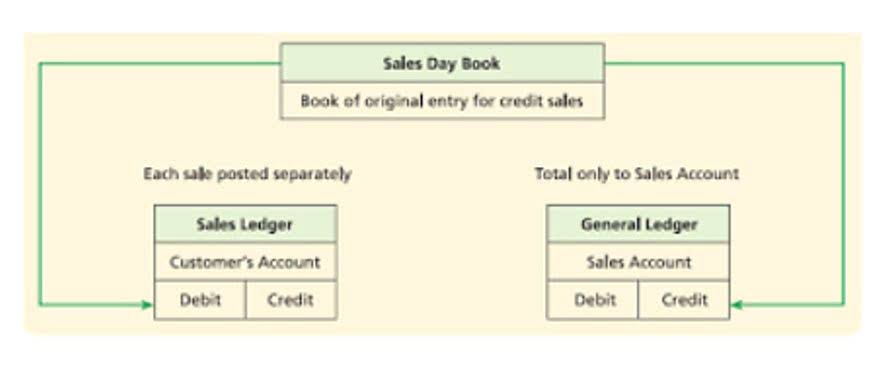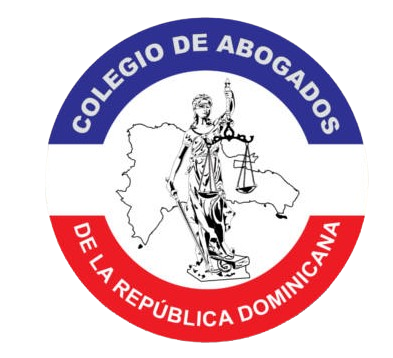
That is why the second part of the accounting equation is made up of the claims on company assets. The concept of expanded accounting equation is that it shows further detail on where the owner’s equity comes from. In this case, the owner’s equity will be replaced with the elements that make it up. Owner’s equity is the petty cash remaining of what the company has after deducting all liabilities from its total assets. Due to this, the owner’s equity is also known as net assets or net worth. An owner registers their new company with the state department of business licensing.
- The accounting equation provides a clear framework for recording transactions, helping maintain the balance between a company’s assets, liabilities, and equity.
- The accounting equation asserts that the value of all assets in a business is always equal to the sum of its liabilities and the owner’s equity.
- As you can see, shareholder’s equity is the remainder after liabilities have been subtracted from assets.
- The equation shows how transactions change a company’s financial position.
- Startups deal with complex financial events such as funding rounds, equity investments, and expenses.
- Now, there’s an extended version of the accounting equation that includes all of the elements (described in the section above) that comprise the Owner’s Equity.
Credit Cloud

Gain control, reduce errors, and improve financial accuracy with expert strategies. Accumulated Other Comprehensive Income (Loss), AOCIL, is a component of shareholders’ equity besides contributed capital and retained earnings. This is how the accounting equation of Laura’s business looks like after incorporating the effects of all transactions at the end of month 1.

Assets Always Equal Liabilities Plus Equity

For this reason, the Accounting Equation is also known as the Balance Sheet Equation. Now, suppose the owner also borrows $5,000 from the bank, which is then deposited into their account. Accurate reporting facilitated by the accounting equation is vital for compliance purposes. Businesses can meet regulatory standards and avoid penalties by providing correct reports to tax authorities and auditing firms. Using Apple’s 2023 earnings report, we can find all the information we need for the accounting equation. Liabilities are the amounts of money the company owes to others.
Owners’ Equity = Assets – Liabilities
If you treat equity as a fixed number, you risk misrepresenting the business’s financial position. Always consider how operational activity flows through to equity via net income and distributions. A company’s “uses” of capital (i.e. the purchase of its assets) should be equivalent to its “sources” of capital (i.e. debt, equity). The Accounting Equation is a fundamental principle that states assets must equal the sum of liabilities and shareholders equity at all times.

Now, let’s say your client previously took out a $1,000 short-term loan from a bank to help with initial QuickBooks ProAdvisor startup costs. They’ve been operating for a while, and it’s time to pay back $500 of that loan using the available cash. Let’s say the business uses $2,000 of that $5,000 in cash to buy a laptop for business operations. The business has gained something of value, but it didn’t come from a loan or revenue. You need to monitor liabilities carefully to make sure the business can meet its financial obligations without running into cash flow trouble.
Accounting Equation for a Sole Proprietorship: Transactions 3-4
- If you take the total value of Assets and subtract the total value of Liabilities, then the remainder is value for Equity holders.
- It can be found on a balance sheet and is one of the most important metrics for analysts to assess the financial health of a company.
- The cumulative impact of all the additions and subtractions gives the ending amount, which appears in the balance sheet at the end of the period.
- This number is the sum of total earnings that weren’t paid to shareholders as dividends.
- Each of these transactions, regardless of its nature, meticulously adheres to the accounting equation, ensuring that assets consistently equal the sum of liabilities and equity.
- Plus, errors are more likely to occur and be missed with single-entry accounting, whereas double-entry accounting provides checks and balances that catch clerical errors and fraud.
This expanded version incorporates the income statement, linking a company’s financial performance to its financial position. Revenues increase equity, while expenses reduce it, emphasizing the equation’s dynamic nature. The accounting equation is more than just a formula; it is the cornerstone of the double-entry accounting system and financial reporting. By maintaining the balance between assets, liabilities, and equity, the equation ensures the accuracy and integrity of financial records. It provides a clear snapshot of what a business owns, owes, and the residual interest held by its owners.
Liabilities in the Accounting Equation
Like any brand new business, it has no assets, liabilities, or correct accounting equation equity at the start, which means that its accounting equation will have zero on both sides. Therefore, the accounting equation is basically presented in the Balance Sheet such that the total holds. If hypothetically, the total does not hold, this means that some of the transactions (or class of accounts) have been categorized improperly. It can be regarded as the very basis of maintaining accounts for any particular organization. Knowing how assets, liabilities, and equity balance is important.
 Noticias
Noticias  Contactos
Contactos 

